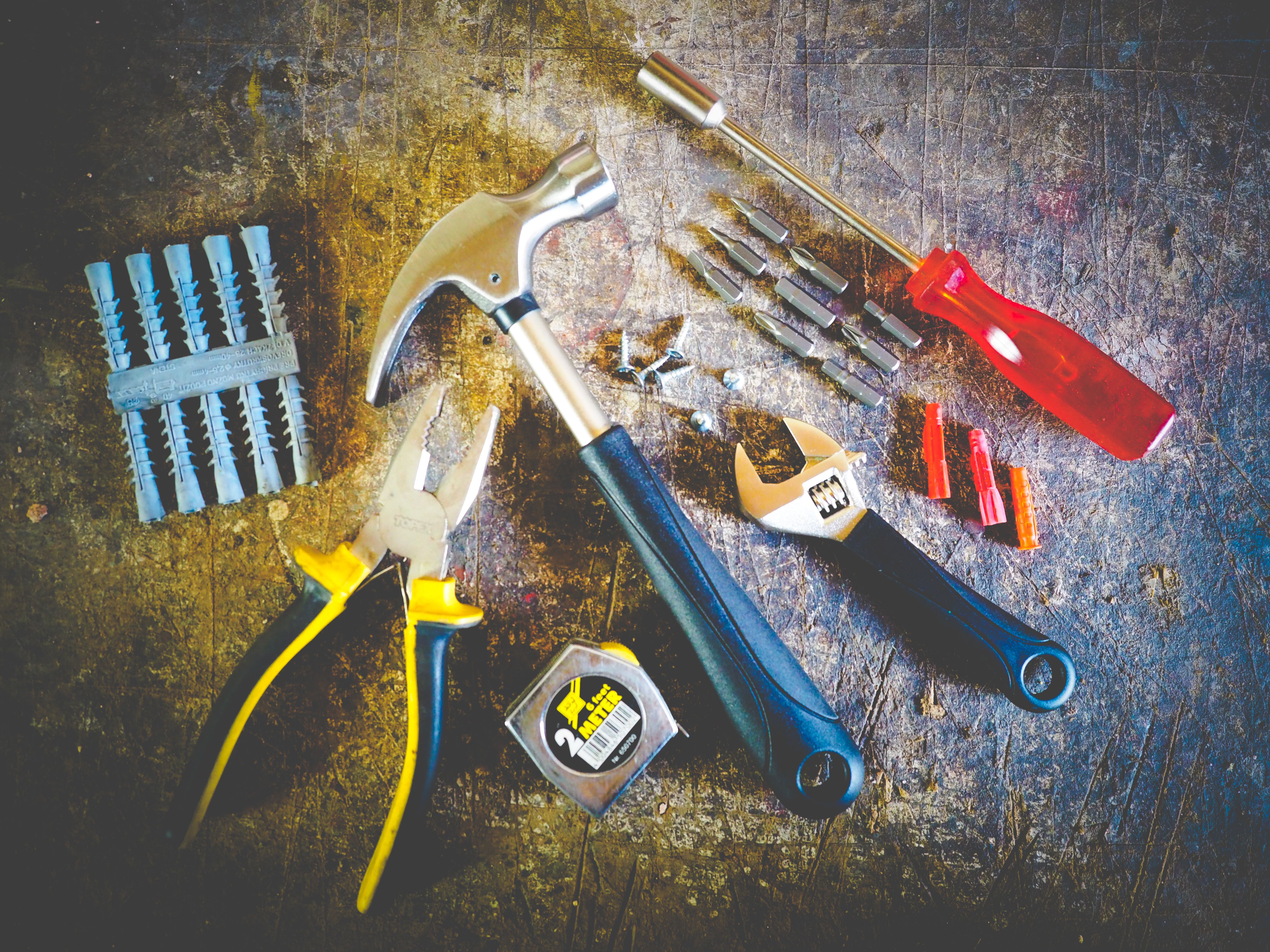How To Learn First Aid While Sitting At Home, A Covid Time Necessity?
First aid knowledge is one of the essential things a person must have to sustain in the times of Covid. It will help you and the injured person to help you live better and happier. For example, suppose a person is injured by your side; instead of looking around for help, you can give him first aid until the doctors or healthcare experts arrive at the situation. It is essential for your loved ones and helps you give back to your community. Looking to learn the basics of first aid and support your near and dear ones? Opt for a first aid course at Udemy. They have a lot of methods available that will help you get knowledge and attain the right skills to become a certified First aid provider.
Why Should You Learn First Aid?
One of the best ways to prevent deaths is learning first aid and knowing how to deal with such situations. Whether you're at home, the workplace, or school, first aid training plays a vital role. Still unsure about whether or not you should opt for first aid training? Head on to the multiple benefits of getting first aid training from Udemy.
- One of the major reasons for taking up the first aid training course is that you can save lives. Remember, superheroes don't need a cap or mask; all they need is a first aid kit and adequate knowledge of how to use it. As per a recent stat, it is proved that many deaths have been controlled, and the instant response has rescued many persons.
- One way to reduce multiple accidents, sudden illnesses, and injuries is getting proper knowledge about first aid. It will help the person check and control the potential danger that might lead to death or other serious hazards.
- Emergencies come with a pack of fear and confusion. Only a first aider can adequately tackle the challenges with utmost care and confidence. Training courses help a person to deal with the situation and manage it.
- During an instant attack or stroke, it's essential to provide instant care and assistance to the patient. Early response will save the person and enhance the recovery rate to a large extent. Thus, enabling them to be fit and fine in less time.
- You might find a first aid kit in every home, but you can't find a person who can adequately use it. For this reason, it's a wise idea to have basic knowledge on how you can use the kit to save lives. Also, it will help you reduce the risk rate and enhance the chances of being well.
Before the healthcare specialist arrives, a person with basic knowledge of a first aid kit can save an injured person. If you're looking to grab the proper knowledge and pick the right course, feel free to choose any of the methods from Udemy.
How To Learn First Aid By Staying At Your Home?
Wondering how to learn first aid by staying at the comfort of your home? Then, feel free to choose Udemy as your trusted online training platform. Here you can scroll and select the best first aid training course to learn and grow your skills. It is a user-friendly platform that can assist you with various approaches. Let's now look at the simple tips and other knowledge about first aid. This will help you to have good knowledge about first aid.
ABCs Of First Aid -

ABC is a fundamental principle of first aid that should be used when the person is unresponsive and unconscious. According to this principle, A means Airway, B means Breathing, and C means Circulation. Let's understand them a little more!
Airway - Clear the airway to let the injured person breathe with sufficient oxygen. This will help the injured person to be awake.
Breathing - Despite the clear airway, if the person doesn't breathe, your next step should be providing rescue breathing to the injured person.
Circulation - Along with the rescue breathing, you must perform chest compressions. This will help the blood to circulate in the body of the injured person. If the person isn't responsive but is breathing, check the pulse rate. In case you can't find the heartbeat, keep performing chest compressions.
A basic first aid training course will help you get enough knowledge about the ABCs of first aid. At the same time, some advanced courses will also shed light on the D and E parts.
D means disability assessment or automated external defibrillator (AED) that can help you to provide shock heart therapy. This is a way by which the heart starts beating again.
E means examining once you've completed the above steps and the person is breathing. Your next step is to examine the person for injuries or bleeding.
A few basic first aid procedures every person must know:
CPR & AED

CPR stands for cardiopulmonary resuscitation, is one of the most crucial emergency medical processes. When a person suffers from a cardiac arrest, it's important to provide the injured person with adequate care and assistance. You can use CPR or AED to give back the heartbeat and save the life until the medical care arrives. If such a situation happens near you, here are a few steps you must follow.
- Ask the person near you to seek help from 911.
- Chest compressions should be performed immediately. For the execution, you need to use both hands and press the center of the chest with pressure. This will help the chest to come up naturally. Continue this step until any medical care or trained person arrives.
- If you've good knowledge of CPR, perform rescue breathing and chest compressions.
- Ask someone else to search for AED. If you find the device, immediately start using it.
Heavy Bleeding

In case of heavy bleeding, your first step is determining the extent of bleeding. So here is a basic lookout!
Arteries - When a person gets a cut in the artery, the blood loss is heavy and very quick. To identify the injury, you need to check the level of bleeding. If you
see bright red heavy blood coming out, consider it an artery injury.
Capillaries - It's just a trickle capable of stopping on its own. The reason is that they are the smallest blood vessels that don't carry much blood.
Veins - If you watch, the coming blood is dark red, and the blood flow is consistent; this is a vein injury. However, the injury of the vein ranges from mild to severe.
If the bleeding continues and doesn't stop, here are a few steps you need to follow.
- First of all, wash your hands and get your hand gloves on.
- Your next step should be rinsing the wound with water.
- Cover the wound with whatever is available near you - cloth, towel, or blanket.
- Directly pressurize the spot of the heavy bleeding.
- If one cloth isn't enough to spot the blood, try to cover it with more layers.
- As soon as the bleeding spots, you need to apply a clean bandage over the spot.
If the bleeding doesn't stop, seek medical attention as soon as possible.
Choking

It is a blockage in the throat that can lead to serious issues and even death. Certain signs indicate that the person is choked - blue face, gagging, wheezing, panicked, inability to talk, etc. One of the best ways to prevent choking is by performing a Heimlich maneuver. Here are a few steps that help perform Heimlich.
- Stand at the person's back and then lean the choked person in the forward direction.
- Wrap your arms around the waist of the choked person.
- Clench your fist. Then place your fist in between the rib cage and navel.
- Join both the hands and pull them upward and backward 5 times. Repeat the process until the person gets relief.






